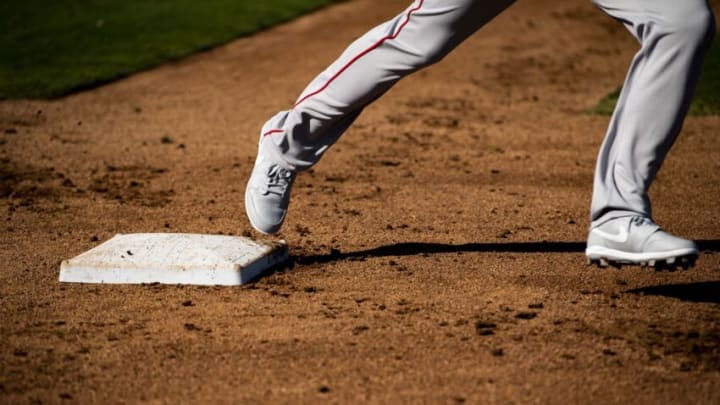One MLB rule change that’s not getting a lot of chatter this spring is the increased size of the bases. Why is it being implemented and how will it affect the game?
The two biggest MLB rule changes on tap for the 2023 season are the implementation of pitch clock and the elimination of the defensive shift. Both of these changes are supposed to increase the pace of play.
But the original intent of increasing the size of the bases has to do with player safety, not speeding up the game. However, there could be some unintended consequences that will make baseball even more entertaining.
MLB Base Size: History, changes, new rules
In September of 2022, the Major League Baseball Competition Committee approved changing the size of the bases from 15 inches to 18 inches. The size of home plate will remain unchanged.
The goal behind the rule change is player safety. Having larger bags, especially at first base, should cut down on the number of collisions or the amount of time defenders are stepped on by runners. It provides more space for both players.
But the change in size will, in affect, shrink the distance between the bases by 4.5-inches, thus making it easier to swipe a bag. There’s also now a limit on the number of times a pitcher can throw over to first base and attempt to pickoff the runner. This will surely come into play as well when runner are looking to steal.
MLB did some testing of this rule change in the minor leagues last season. Baseball America collected data that suggests that the success-rate was not affected too much, however, there was an increase in the number of stolen base attempts.
It will be interesting to see the impact that larger bases have throughout Major League Baseball during the 2023 season.
